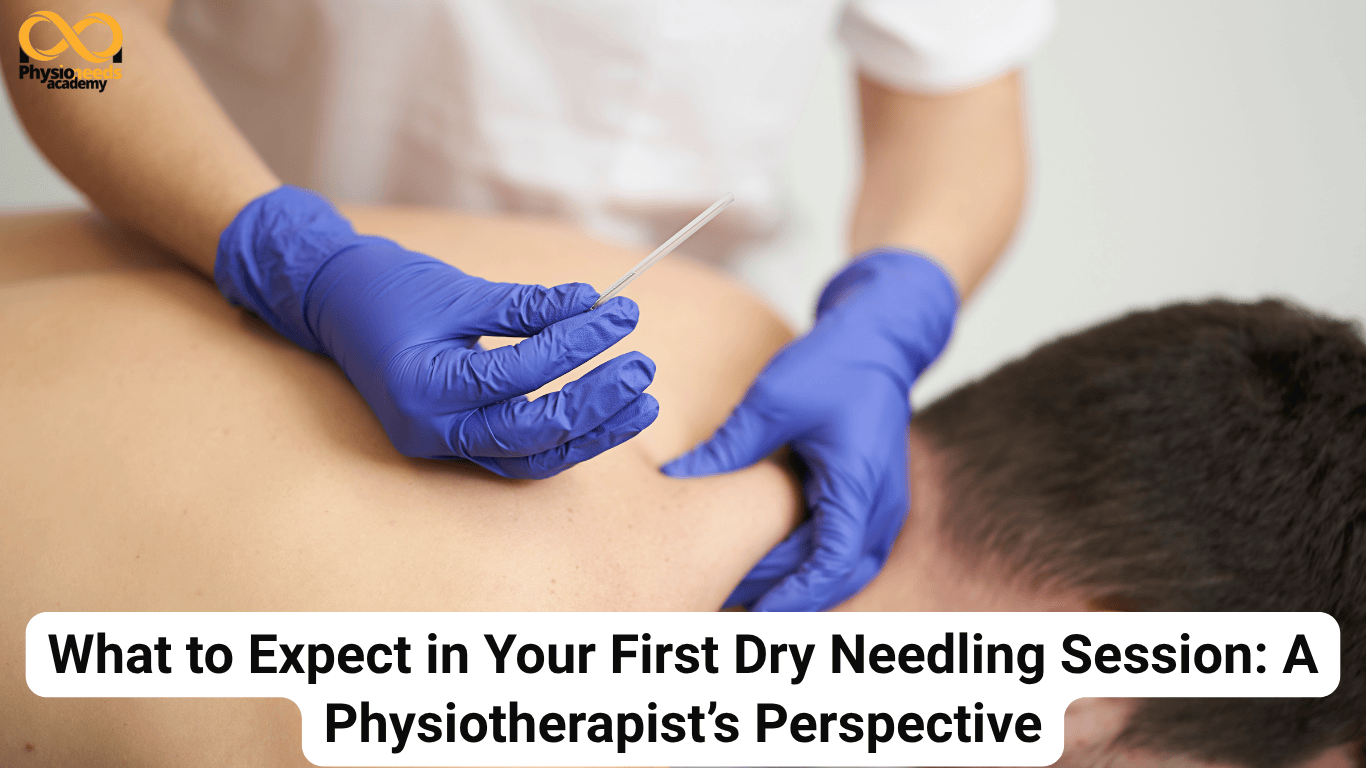There are no items in your cart
Add More
Add More
| Item Details | Price | ||
|---|---|---|---|

Dry needling is a modern therapeutic technique used by physiotherapists to treat myofascial trigger points, commonly known as “knots.” These tight bands of muscle can restrict movement, cause referred pain, and lead to chronic tension or discomfort. During the procedure, a thin, sterile monofilament needle is inserted into specific trigger points or tight areas within the muscle.
Unlike acupuncture, which is based on traditional Chinese medicine and energy meridians, dry needling is rooted in Western medical science and focuses on musculoskeletal anatomy and neurophysiology.
The goal is to release muscle tension, improve blood flow, and stimulate the body’s natural healing mechanisms—helping you recover faster and move better.
Before starting your dry needling treatment, your physiotherapist will conduct a comprehensive assessment to understand your pain history, posture, muscle function, and any underlying issues. This step ensures that the treatment is both safe and effective. Here’s what typically happens during the pre-session phase:
During the Session: Step-by-Step Experience Your first dry needling session may last anywhere from 20 to 45 minutes, depending on the size of the treatment area and your individual response. Here’s a general breakdown of what you can expect:
1. Needle Insertion The physiotherapist will gently insert a fine, filiform needle into the targeted muscle. Most patients report feeling a mild prick or pressure, but the sensation is usually less intense than a typical injection since the needle is much thinner and does not inject any fluid.
2. Local Twitch Response You may experience an involuntary muscle twitch or brief spasm when the needle hits a trigger point. This “twitch response” is a good sign—it means the needle has successfully stimulated the tight muscle fibers, leading to a release of tension.
3. Mild Aching or Heaviness Some clients describe a dull ache, tingling, or heaviness around the treated area. These sensations are normal and indicate that the muscle is responding to the needling.
4. Needle Removal Once the desired response is achieved, the physiotherapist will carefully remove the needles and gently massage or stretch the area to enhance circulation and reduce discomfort.
The entire process is typically painless to mildly uncomfortable, and most patients find it tolerable—even relaxing—after the initial few minutes.
Following your first dry needling treatment, it’s common to feel soreness, tightness, or a sensation similar to post-exercise muscle fatigue for 24–48 hours. These effects are temporary and part of the natural healing response. Here’s how to manage recovery effectively:
Many people notice immediate relief after their first dry needling session, including reduced pain, improved range of motion, and decreased muscle tightness. For chronic or complex cases, multiple sessions may be required to address deeper or long-standing issues. Benefits of dry needling include:
When performed by a qualified physiotherapist, dry needling is a very safe procedure. Practitioners undergo specialized training and certification to ensure they understand anatomy, safety protocols, and sterile techniques.
At E-Physioneeds Academy, we emphasize professional training through our Dry Needling Certification Courses, designed for physiotherapists who want to expand their clinical skills and deliver more effective pain management solutions.
If you’re a patient, always make sure your physiotherapist is certified and experienced in dry needling techniques before undergoing treatment.
Your first dry needling session is the start of a journey toward pain-free movement and better muscular health. While it’s normal to feel a bit nervous initially, understanding what to expect can make the process much more comfortable.
Remember—dry needling isn’t a quick fix, but when combined with proper physiotherapy care, it’s a powerful tool for restoring function, relieving pain, and enhancing performance.
If you’re ready to experience the benefits for yourself, book a session with a certified physiotherapist today—or, if you’re a practitioner, consider enrolling in a Dry Needling Course at E-Physioneeds Academy to take your practice to the next level.